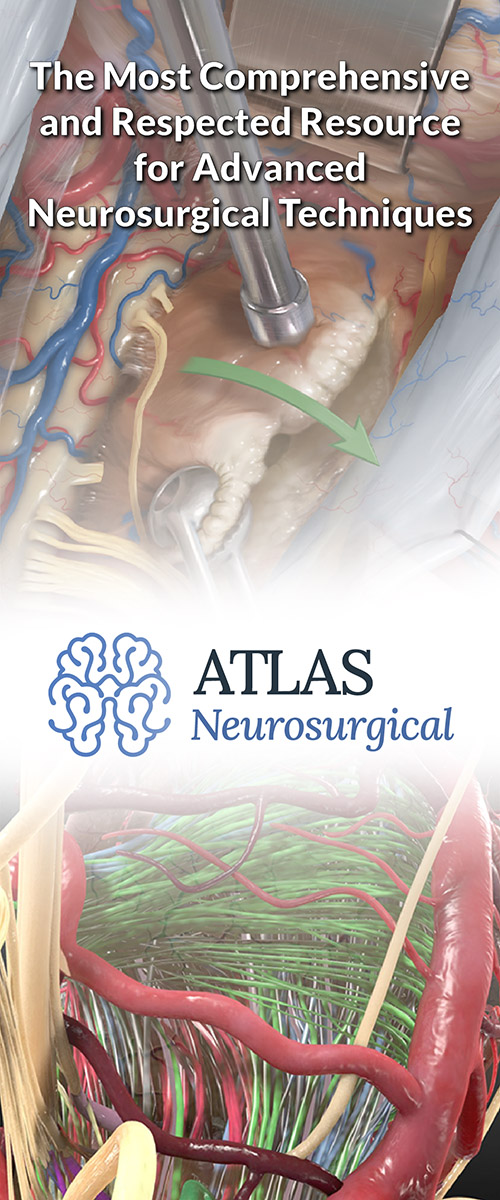Surgery for Hemangioblastoma
Hemangioblastomas are rare tumors that form in the blood vessels of the brain or spinal cord. They are usually benign, meaning they are unlikely to spread to the rest of the body.
These tumors usually grow slowly, often taking months or years to develop. Surgery is the most common treatment for hemangioblastomas.
The article aims to help you understand the process, recovery, and potential complications of hemangioblastoma surgery so that you can make informed treatment decisions.
Preoperative Evaluation for Hemangioblastoma Surgery
Before deciding on surgery, your medical team will conduct a thorough evaluation to better understand your condition. This typically includes a detailed medical history, physical examination, and a series of diagnostic tests.
Magnetic resonance imaging (MRI) is the primary imaging tool used to determine the size, location, and characteristics of the tumor. In some cases, additional imaging such as computed tomography (CT) scans or angiography may be needed to better assess the tumor's blood supply.
You may also be evaluated for von Hippel-Lindau (VHL) disease. Hemangioblastomas can often occur due to this genetic condition. This evaluation may include genetic testing and screening for other associated tumors in the kidneys, pancreas, and adrenal glands.
The decision to proceed with surgery is based on several factors, including your symptoms, the tumor's size and growth rate, its effect on surrounding brain or spinal cord structures, and your overall health.
Surgery is typically recommended for tumors that are causing symptoms or show evidence of growth on imaging studies. Another treatment option for hemangioblastoma is radiation therapy, which is better suited to tumors that cannot be safely reached through traditional surgical methods.
There are some situations where both traditional and stereotactic radiosurgery are recommended. Your medical team will help guide you through this decision-making process.
Planning and Preparation for Surgery
Once the decision for surgery is made, careful planning and preparation are essential. Your neurosurgical team will plan the surgery based on your imaging studies, which show the tumor's location and the surrounding anatomy.
For brain hemangioblastomas, this involves determining the safest route to the tumor that can best protect critical brain areas. For spinal hemangioblastomas, the approach considers the best way to access the tumor while preserving spinal stability and function.
To reduce bleeding during surgery, your doctor may recommend a procedure called pre-operative embolization. This reduces blood flow to the tumor and helps make the surgery safer, and more effective.
Your medical team will explain the risks and benefits of the procedure, potential complications, and what to expect during your recovery.
Why should you have your surgery with Dr. Cohen?
Dr. Cohen
- 7,000+ specialized surgeries performed by your chosen surgeon
- More personalized care
- Extensive experience = higher success rate and quicker recovery times
Major Health Centers
- No control over choosing the surgeon caring for you
- One-size-fits-all care
- Less specialization
For more reasons, please click here.
Surgery for Hemangioblastoma
- Before your surgery, you will undergo general anesthesia. This means that you will be asleep and won’t feel any pain during the surgery.
- For brain hemangioblastomas, a craniotomy is performed. This means that your surgeon will make a careful cut into your scalp and create a small window in the skull to reach the tumor.
- If you have a spinal hemangioblastoma, your surgeon will instead perform a laminectomy. This means that your surgeon will remove vertebral bone from the spine to reach the spinal cord.
- In both brain and spinal hemangioblastoma surgeries, a high-powered microscope is used to provide a magnified view of the tumor and surrounding blood vessels and tissues. This allows for precise removal of the tumor.
- During the surgery, your medical team will use intraoperative monitoring to closely monitor your neurological function in real-time. This helps to protect important neurological pathways.
Hospital Stay and Recovery
The length of hospital stay after hemangioblastoma surgery can vary, but typically ranges from a few days to a week. This depends on the complexity of the surgery and how you respond to the surgery.
Recovery time can also vary. Some patients may recover within weeks, while others may take several months to fully recuperate. If you had a craniotomy, your skull may take a month or two to heal.
Common postoperative symptoms include tenderness at the surgical site, fatigue, and temporary neurological changes. Your medical team will carefully monitor you during your recovery and can help you to manage these symptoms.
Complications and Warning Signs
Complications from hemangioblastoma surgery may include bleeding, stroke, infection, and neurological deficits.
It's important to watch for the following symptoms, because these could be signs of a complication:
- Fever
- Severe headaches
- Vision changes
- Weakness
- Confusion
If any of these symptoms occur, it's important to return to the hospital promptly. Not seeking prompt medical attention with new symptoms following neurological surgery can be fatal.
Surgical Outcomes
Complete surgical removal of a hemangioblastoma often cures the condition. However, there is a chance of recurrence, especially in patients with von Hippel-Lindau disease.
Patients with VHL may develop multiple tumors over time. The growth rate of hemangioblastomas is variable, and regular follow-up with MRI scans is necessary to monitor for new growth.
Many people do well after surgery for a hemangioblastoma. If the tumor was causing problems like headaches or trouble with movement, those symptoms may improve.
However, every patient is unique, and some may have lasting effects from the tumor or the surgery, such as weakness or persistent neurological deficits. To make sure that these issues are monitored and addressed, it is essential to continue following up with your doctor for regular check-ups.
Key Takeaways
- Hemangioblastomas are tumors in blood vessels of the brain or spinal cord.
- Surgery is a key treatment, often combined with a multidisciplinary approach.
- Surgical techniques depend on the tumor’s size and location, impacting recovery.
- Post-surgery, monitoring for complications and possible rehabilitation is crucial.
- Regular follow-up is necessary due to the risk of recurrence, despite often successful outcomes.




